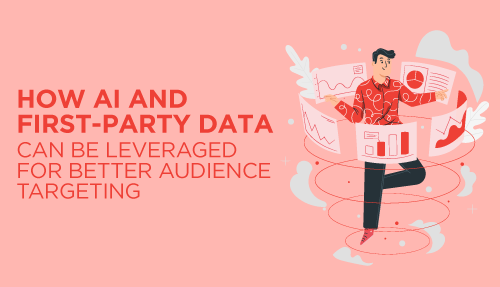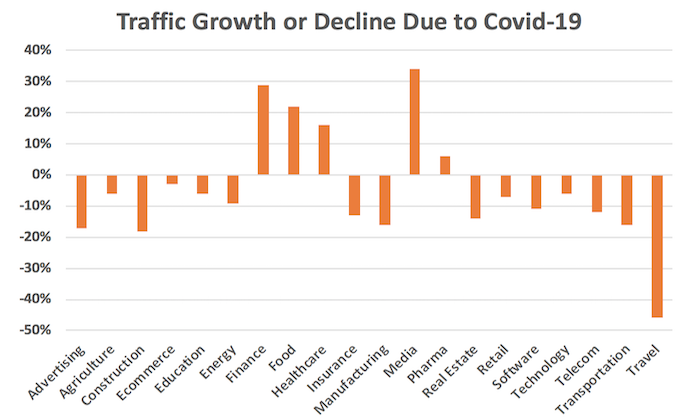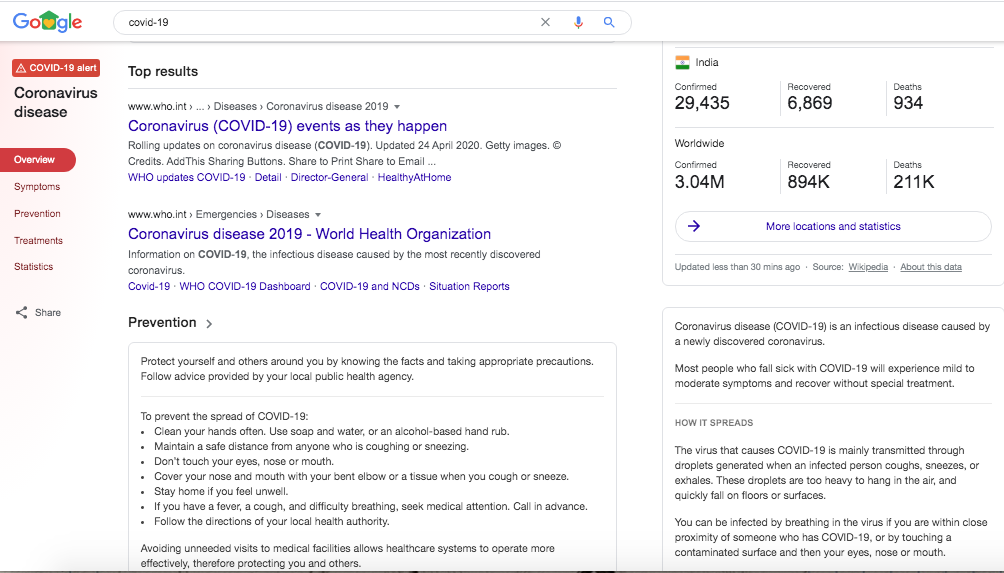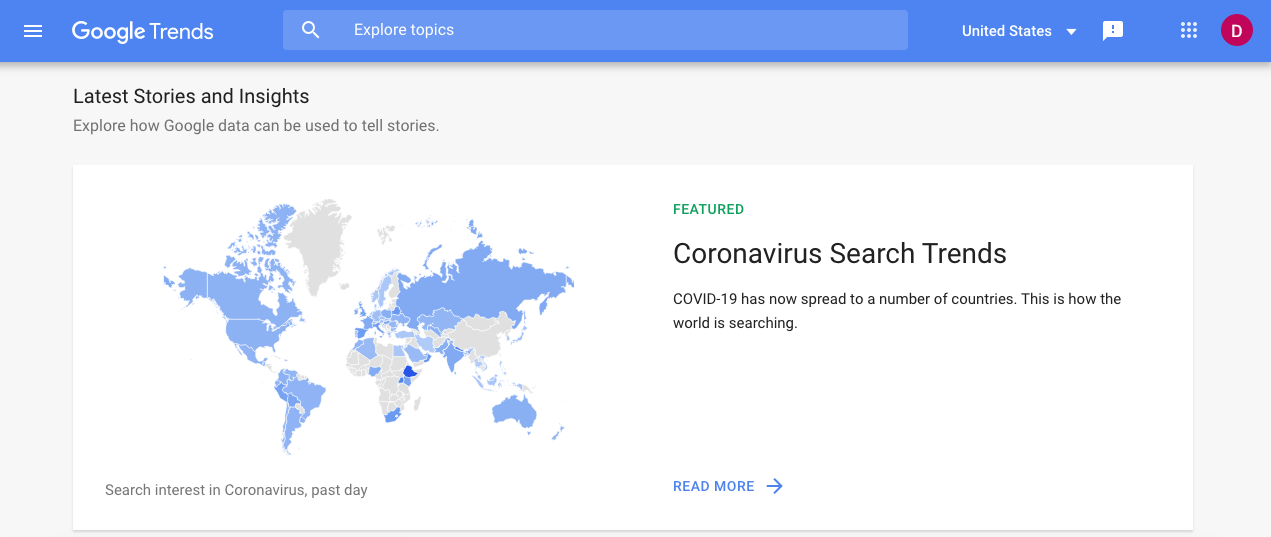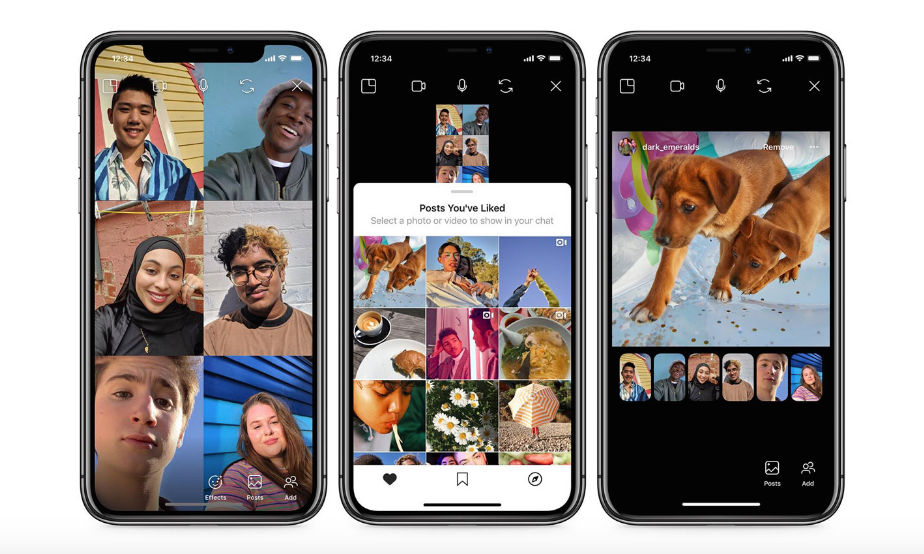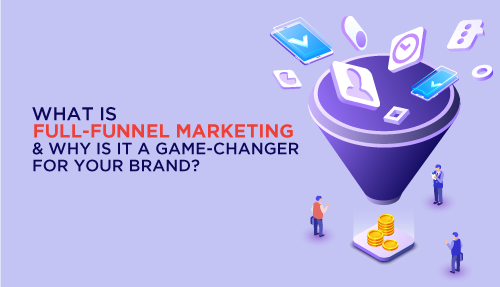In a constantly evolving economic landscape, there are many challenges that marketing leaders need to overcome. They are under constant pressure to improve the efficiency of marketing campaigns by lowering acquisition costs and increasing profitability. There has also been a significant shift in the data landscape along with increasing privacy concerns after the GDPR and Cambridge Analytica data scandal.
A cost-effective way to overcome these challenges would be to start looking internally and utilizing existing business assets. Leading companies like Nestle, Ikea, and others, are also looking to leverage high-quality first-party data in their marketing strategies. First-party data becomes an important factor for a successful marketing campaign and marketers who don’t adapt would be missing out a great deal.
Death of third-party cookies
Earlier this year, Google declared that Chrome, which is the most widely used browser in the world, would start eliminating support for third-party cookies. Third-party cookies are a simple line of code placed by websites on a user’s hard drive. These cookies form the basis of building behavioural profiles of users on the internet and help marketers in their targeting.
Companies who are at the centre of consumer data, including Facebook, Twitter and Oracle, are slowly moving away from third-party data. On the other hand, a widespread concern around data privacy has led to consumers becoming more aware and demanding increased levels of data privacy. Browsers like Chrome, Safari and Mozilla are now blocking third-party cookies in their browsers.
All of this combined would have a large impact on the targeting options available for advertisers. With third-party cookies now becoming irrelevant, first-party data in marketing automatically becomes a brand’s best option to track and target customers for their online campaigns.
The rise of first-party data
Any data that you collect directly from consumers and with their consent is known as first-party data. This data is usually reliable and trustworthy and can help drive high-value leads and limit unnecessary ad spends. For a brand, their online sources for collecting first-party data in marketing would be the company’s website, app, CRM, social media, email marketing, surveys etc.
In November 2019, sportswear giant Nike had announced that they will stop selling on Amazon and focus on selling direct-to-consumer via its own website and app. This decision comes as a part of their vision to elevate consumer experiences and build direct and personal retail experiences with its consumers. Selling directly through their own online properties and retail stores would also mean Nike can completely control and own their first-party data. This move by Nike shows us that they are confident in driving all traffic to their own website to enhance the consumer experience and also lower acquisition costs and improve profitability. This might just be the tip-of-the-iceberg and actually be indicative of the start of a massive shift in how brands sell online and start opting for the direct-to-consumer strategy. And this, in turn, could lead first-party data in marketing to become a new digital marketing trend in the making.
Tap into the power of first-party data using telephonic conversations with customers
For brands looking to accelerate their adoption of first-party data in marketing, one of the most important and invaluable assets they already own are in-bound consumer calls. As per a recent survey, consumers are increasingly turning to phone conversations during the path of their purchase journey. A lot of research happens online but they also prefer to call a brand when they want some specific information and are nearing the end of the decision-making process especially in case of high-value purchases or time-sensitive products and services.
Consumers are having important conversations and asking brands for more information that is relevant to them. They are sharing their concerns, their purchase intent and so much more on these calls. These inbound calls are a treasure trove of highly valuable information and it’s time for brands to pay attention and listen to what their consumers are saying.
Policy Bazaar, India’s leading insurance aggregator strives to provide its customers with a smooth hassle-free experience by digitizing its processes. Considering that insurance is not a one size fits all sort of industry, Policy Bazaar has been constantly implementing AI and latest tech solutions including chatbots to understand their consumer personas and ensure to sell the right product to the right consumer. They were one of the earliest companies to discover a goldmine of consumer insights in their 35 million minutes of monthly talk time via voice analytics. One of the key insights they found after analysing the word cloud of their conversations was that a lot of their customers were using the word cashless. The marketing teams assumed that consumers would be more concerned with premiums, claims, bonuses etc., and so there was no focus on showcasing the cashless network. Within a week’s time, the team launched a new feature that would show the customers a list of cashless networks that were available in the policies they were interested in.
AI in marketing intelligence can help turn calls into rich first-party data with actionable insights. Analysing these customer conversations and deriving key insights which can be implemented into the marketing campaigns and communication strategy will in-turn lead to a highly effective communication strategy, increase in conversion rates and lower acquisition costs.
Improving customer engagement with personalized content
Brands that are activating and collecting first-party data should be using this data to personalize the content on ads that are being shown to a particular user. In the case of e-commerce companies, understanding past purchase behaviour and knowing what your consumer likes or has added to their cart before will help you segment your audiences and show them relevant messages based on which step of the consumer journey they are in. Another key aspect is that brands should ensure to deliver personalized experiences across the entire marketing funnel of their campaigns.
Tata Mutual Funds, a leading mutual funds investment company had launched a campaign called #SayNoToKatauti which aimed at striking the right chords with personalized content to deliver higher engagement and reach. The campaign had a series of four brand films that had a common messaging point of tax-saving investments. The protagonist in each of the videos was in different relatable and everyday scenarios, like watching a cricket match or ordering food, which was then targeted and shown to people based on their own interests.
Personalized campaigns with AI marketing and first-party data would also automatically mean higher efficiency and reach of your campaigns across all your digital marketing platforms. On Facebook, you can create lookalike audiences from your first-party data which are very powerful and can help build the right mix of good quality and scale both. Google has also recently launched combined audiences which is enabling advertisers to narrow down their target audience and serve impressions to people who fit into two categories. For example, you could target people who have visited your site in the last 60 days and also are part of the in-market audience for your category. This combination makes your targeting more efficient and helps you spend your money effectively thereby improving your ROI.
AI in marketing is also quickly becoming the future of digital. With AI marketing, you can make a campaign immersive and experiential for a user, encouraging them to engage with a website or ad better. AI can use first-party data to leverage information and display content or information tailored to their liking, thus increasing the likelihood of driving them through to the end of the funnel. A prime example of this is the streaming services that have taken the world by storm – whether it’s television or music. By using AI, these companies display personalised recommendations that push the user to engage further with the service, optimising their experience with first-party behavioural data.
In today’s marketing scenario first-party data is becoming an increasingly popular choice and marketers are looking to utilize it across all platforms to accomplish their key marketing objectives. It is crucial for brands to take control and utilize their first-party data to improve ROI across their marketing efforts. Businesses must invest in building trusted and personalized relationships with consumers and raise the bar for transparency and data privacy. At Social Beat, we analyse first-party data from different sources to fuel campaigns and leverage different types of engaging content for target audiences to drive conversions. Is your company making the shift to first-party data?

